With his project “Bit Rot”, the Italian photographer documents the fastest growing source of refuse in the world
It costs ten times as much to sustainably recycle a PC than to send it to a dumpster in Africa, write researchers Giorgio Griziotti and Gianluca Giannelli. The math explains why electrical and electronic waste is the fastest growing source of refuse in the world. It’s also why photographer Valentino Bellini started his project “Bit Rot” in Ghana, where he first saw young men in massive landfills taking apart computers once used by US government employees. But the story stretches far beyond Africa. After visiting the somewhat more sustainable recycling facilities of India and Pakistan, Bellini traveled to Guiyu, China, the world’s largest e-waste dumpsite, where the poisons of electronic trash are leaching into the soil. As he prepares for a new chapter that will look into the mafia’s role in toxic waste management, he joined R&K from his home country of Italy.
Roads & Kingdoms: Can you define e-waste for us?
Valentino Bellini: E-waste stands for electronic and electric waste. That includes various things, from large household appliances like refrigerators and air conditioners to cellular phones and stereos, as well as spare parts, such as electric wires or computer fans. E-waste is today the main waste flow in the world, with an annual volume that goes from 40 to 50 million tons. This flow is growing faster than any other type of waste. According to a recent report by the United Nations Environment Program, it could grow as much as 500 times by 2020/2025, especially in some developing countries where the IT industry is booming, like China and India.

R&K: Why is so much trash being moved around?
Bellini: The waste contains dozens of dangerous substances that affect humans and the environment. So most of the time, e-waste is not disposed of where it was produced and consumed. Instead, it is shipped to developing countries where there are no rules concerning workers’ health and environmental protection. In Europe or the US, for example, legislation is more stringent, so if you want to dispose and recycle this kind of waste, it costs a lot of money.
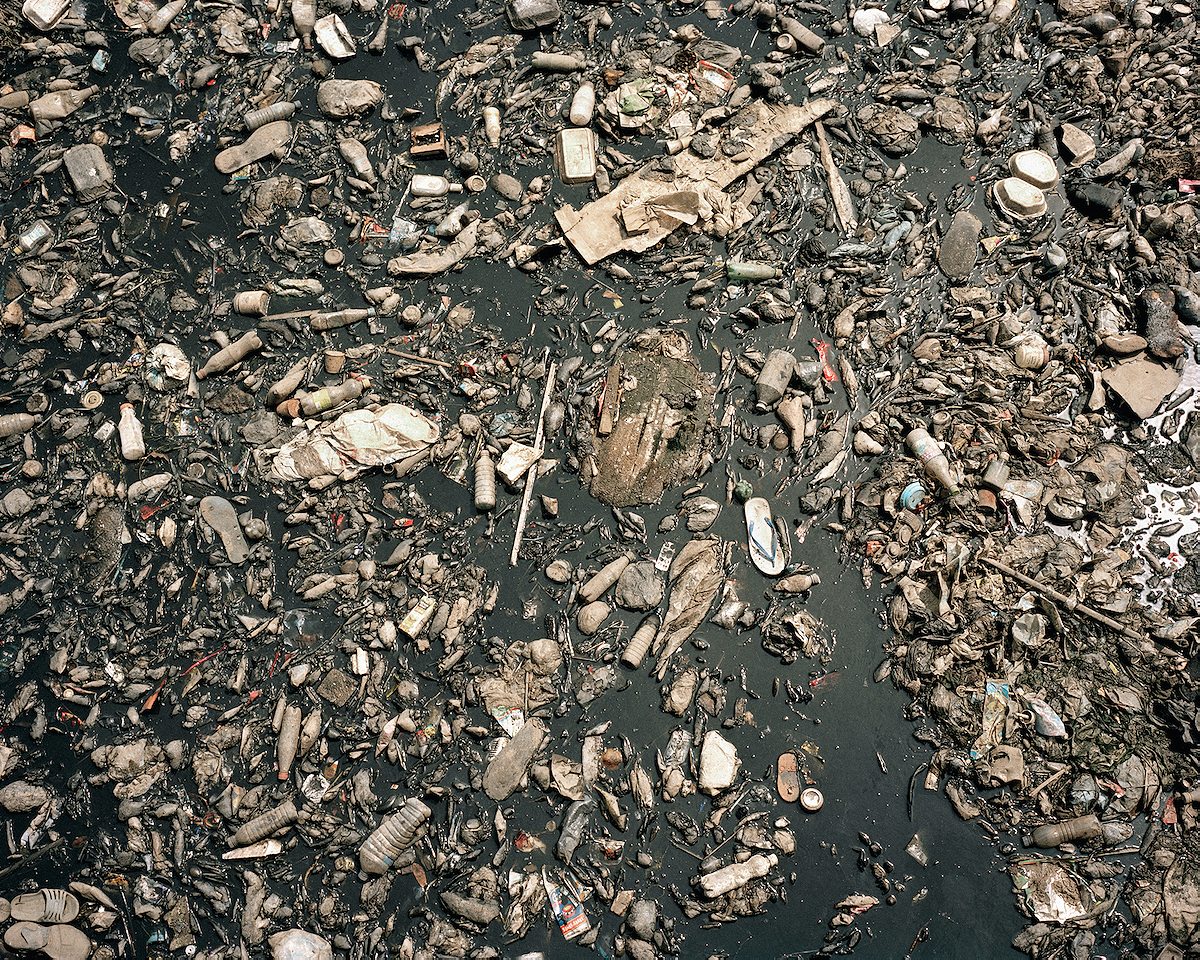
R&K: But there are also international rules and treaties. How are these countries able to export their e-waste?
Bellini: Every developed country more or less exports e-waste to developing countries. How much they do depends on several factors, like the efficiency of their laws and of their own waste management systems, but this is also a political problem. The main actors responsible for this issue are the big brands that produce electronics. They use what is called “design for the dump”—instead of designing a product whose parts can be replaced with ease when they break, the brands prefer to make products that must be replaced in their entirety. International rules are not so clear. The Basel Convention prohibits the export of all toxic waste between the signatory countries, but there’s a small loophole that was adopted in order to decrease the so-called digital divide between developed countries and developing countries. Basically, the Convention allows you to export electronic parts if they still work or if they just need a small repair to work again. This loophole allows criminal organizations to collect junk from everywhere in the world and dump it in the poorest countries. About 75% of the world’s imported electronics is junk—not usable and not repairable.
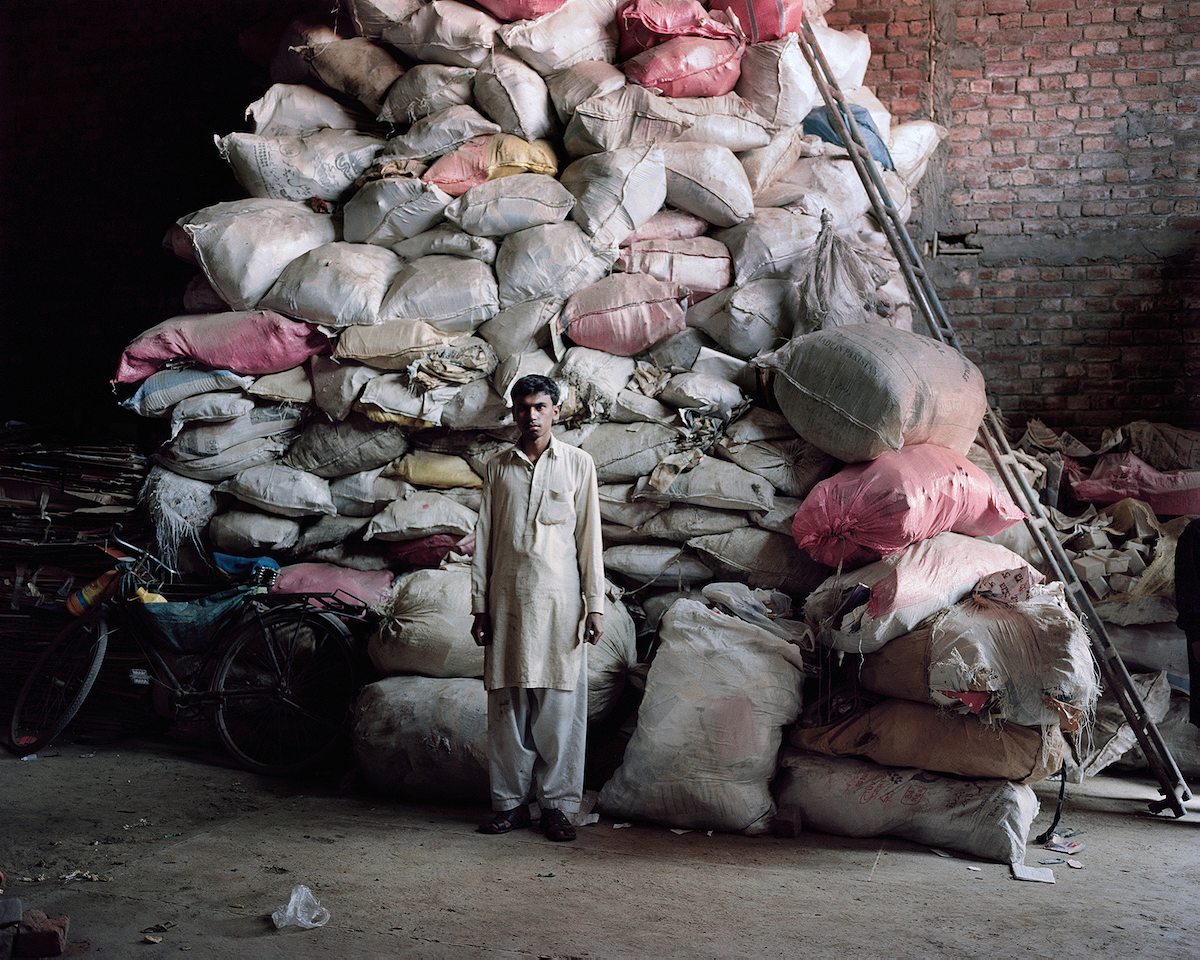
R&K: Where did you go for this project?
Bellini: I started in Ghana in April 2012. I went there by chance, after doing a project about the community of Ballarò [a heavily Ghanaian district in Palermo]. There, I had the opportunity to visit and photograph the e-waste dump of Agbogbloshie, where I discovered the terrible world of trafficking and disposing e-waste in developing countries. Ghana is probably the African country (along with Nigeria) where the flow of electronic waste is growing the fastest. I had the chance to work with a group of guys who where running an NGO called Help the African Child Foundation. We jointly launched a project to help the children (most of them are between 12 and 17 years old) who work in the e-waste dump of Agbogbloshie. After that, I became interested in the flow of e-waste and its impact around the world, so I started travelling. I went to Pakistan, India and China.

R&K: Why do you think Ghana in particular is such a big importer of e-waste?
Bellini: One of the main factors is probably the lack of specific laws for environmental protection and for the control of imported goods. Ghana lends itself perfectly to this idea of reducing the digital divide I mentioned before. It’s also true that the country’s extreme poverty represents a boost for certain types of trafficking. However hazardous to human health and the environment these waste streams are, they also provide a new opportunity to earn a living for a lot of people.
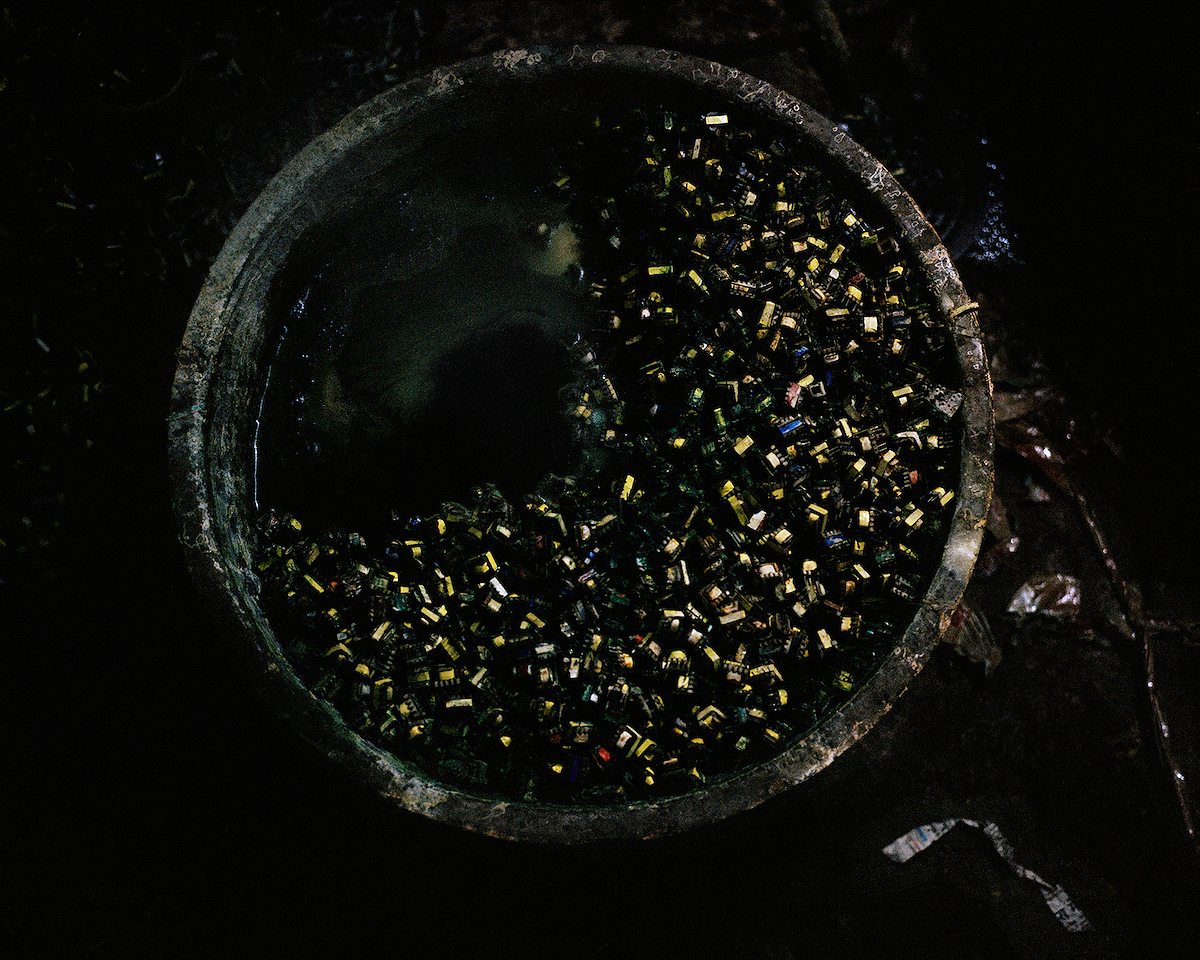
R&K: I’m curious about the people who actually ship this e-waste. Were you able to make contact with them?
Bellini: I’m curious too. They are mostly criminal organizations, so it’s more or less impossible to get in touch with them. But I’m trying to start a cooperation with the special office of Interpol that works to contain and stop the trafficking of toxic waste around the world. I hope I’ll be able to be embed with them.
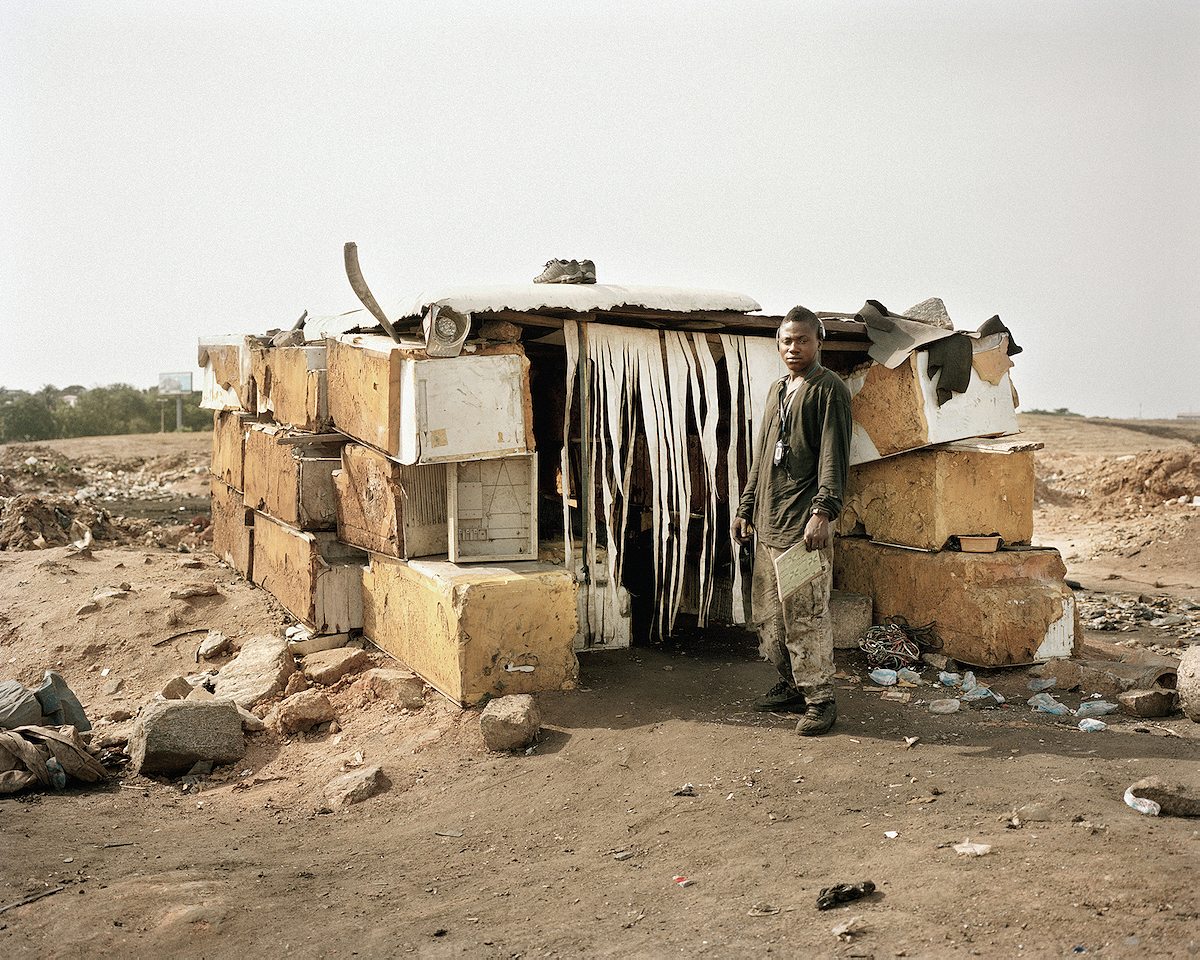
R&K: How did the issue of e-waste compare in India and Pakistan?
Bellini: The problem is the same all over the world in terms of impact on health and the environment. But it’s interesting to see how the methods of waste treatment differ, which is mostly due to a lack of knowhow and of raw material. For instance, in Ghana the guys are only able to collect all the waste and set it on fire in order to melt the valueless plastics and recuperate the metals. Most of the time, they burn electric wires to extract copper. In India and Pakistan, where the electronics industry is much more advanced, people know how to extract gold from a PCB (printed circuit board) or even from a sim card. This requires difficult procedures and raw materials such as chemicals that you are simply unable to find in some African countries. In India, I documented the work done in the factory of SIMS Recycling Solutions in Chennai, which is one of the main e-waste recycling companies in the world. They have several facilities in the country, but again, rules are very important in order to allow the private companies to do their work properly. One of the main problems is that in India you are not allowed to process some of the most toxic substances stemming from e-waste, so what the private companies do is collect the waste, separate all the parts that they can separate, and then ship all this waste again to other countries where the laws allows further disposal.

R&K: And the cycle continues… Can you describe the impact you witnessed on people’s health and on the environment?
Bellini: Ghana and China are by far the worst place I’ve experienced so far in this project. In Ghana, my friends frequently tell me about young men who suffer from poisoning or other disease related to the environment they live in. Several of them have died in the last two years. Guiyu in China is reported to have the highest number of cancer-causing toxins in the world. The rivers contains up to 2,400 times the WHO-acceptable threshold for lead.
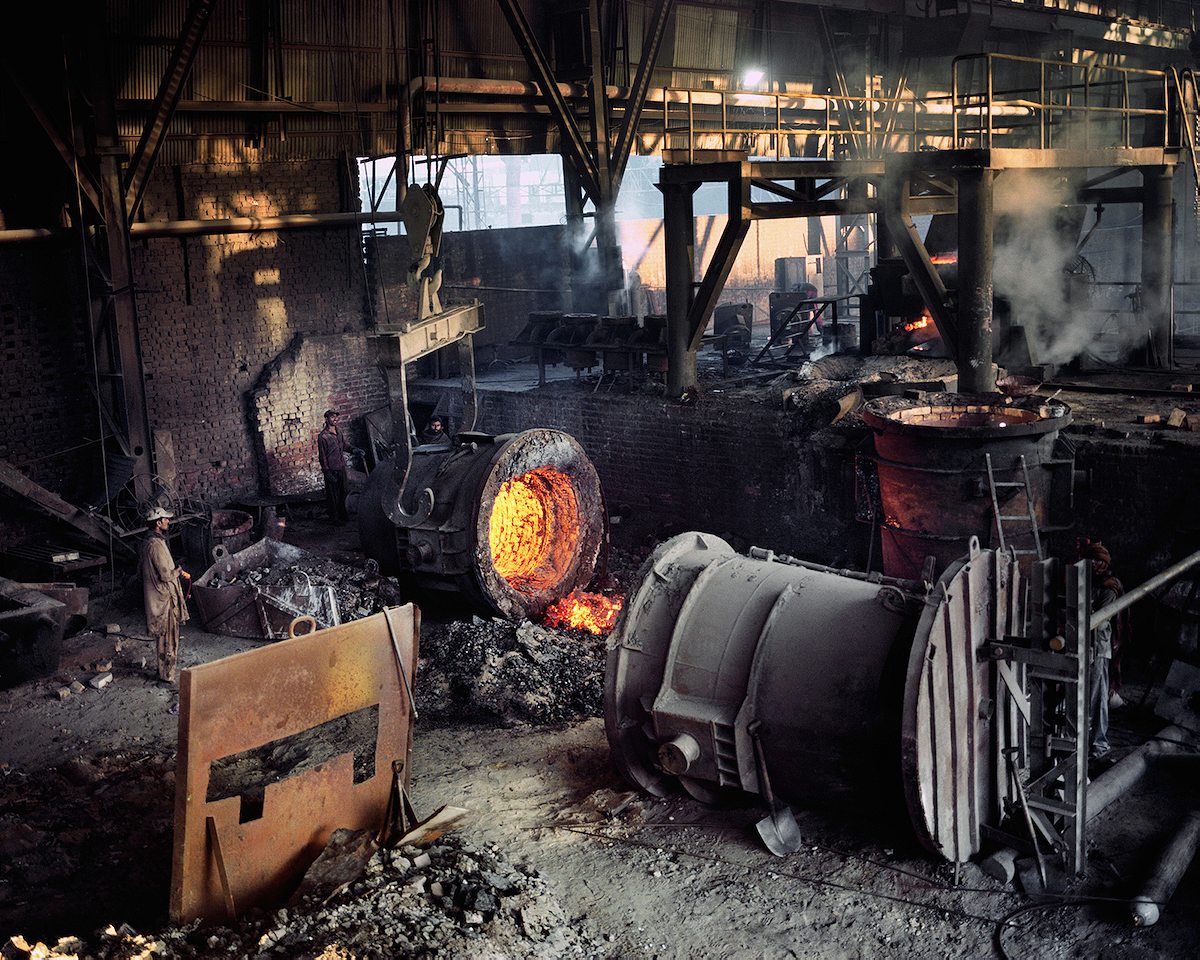
R&K: And what about political consequences? Can this trade affect public opinion of wealthier countries?
Bellini: People are so often completely unaware of the risks they and their environment are facing. Also, generally, economic private interest is much more important than the wellbeing of countries.

R&K: Will you also photograph exporting countries?
Bellini: I’m currently working to develop a chapter about my home country, Italy, where we have lot of problems related with toxic waste, thanks to the influence of the mafia. Here, only about 25% of e-waste reaches the formal recycling canal. In some regions such as Campania and Sicily, we have seen real wars between criminal organizations in the last few years for the control of illegal dumping of toxic waste. My main goal was not to focus on the developing countries, in fact. I’m not the kind of person who likes to only show the worst part of a story. I’m looking for good practices, more green and sustainable ways of dealing with e-waste. I would like to show that there is another way to do it, maybe even a solution.
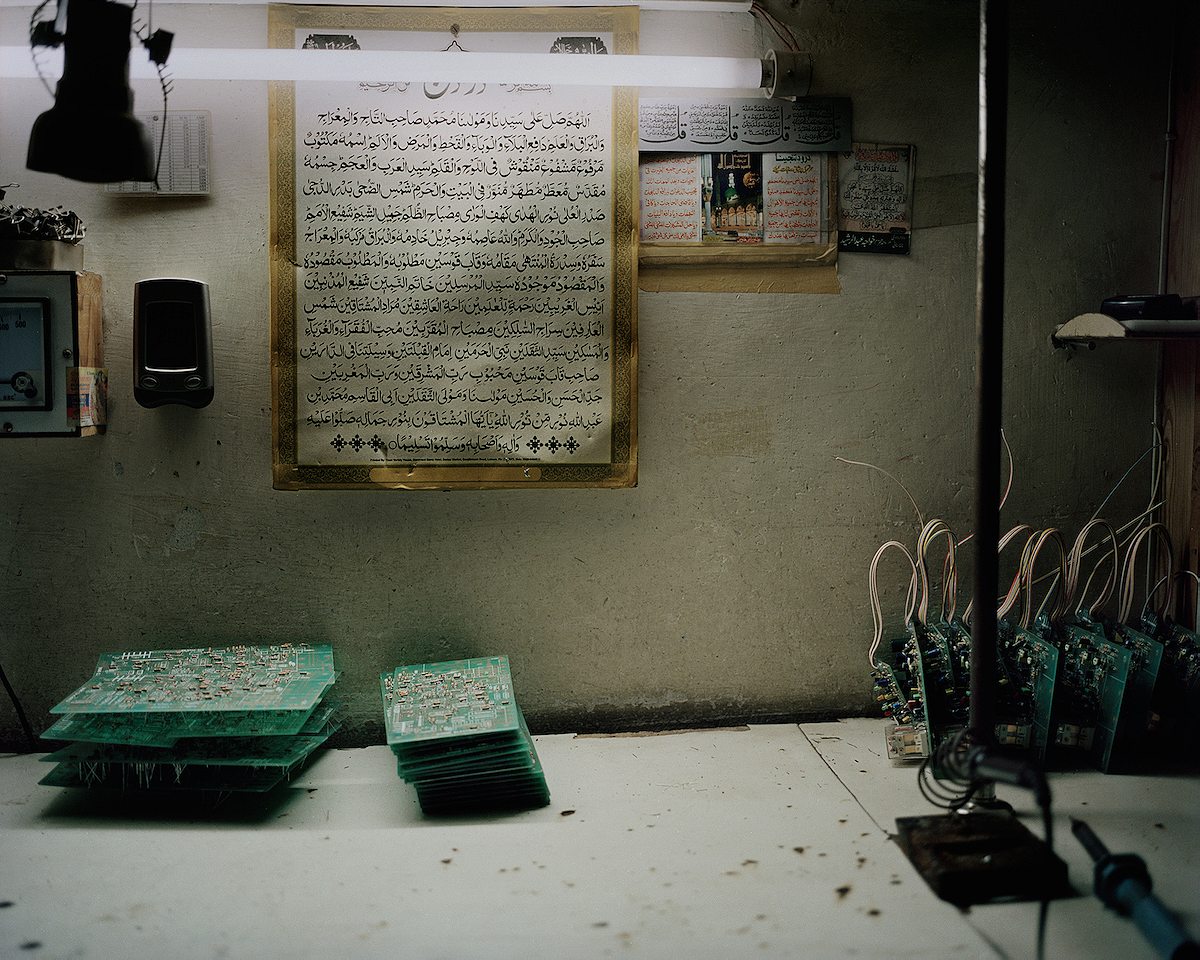
R&K: What could the solution be?
Bellini: I think the only way we can get rid of this problem is to force brands to change their way of designing goods. I don’t need a laptop that contains hundreds of toxic substances to do my work. I should be able to do the same things with a laptop made of bamboo or wood. We should not change our entire phone when our screen is broken, we should simply change the screen. It’s very simple, but only politicians can force brands to change. We, as citizens, can pressure politicians to do so. Another powerful weapon we have is we can choose what to buy and what not to.

R&K: What do you hope Bit Rot can say about consumerism?
Bellini: The project will also focus on the places that represent the cathedrals of the consumerism world, the places where the induced need is generated. The commercialization process has created a true “waste economy”, which profits from its own death. We absolutely don’t need all these goods, but the system we live in today forces us to think that we do. I hope that when the project will be completed, it will give people the opportunity to travel through the whole chain–from these imposed needs to the consequences we all are creating on the lives of those who cannot choose for themselves.
[Top image: A man burns electronic equipment to extract copper in the Agbogbloshie landfill of Accra, Ghana.]
To learn more about the project, visit the Bit Rot tumblr or Valentino Bellini’s website.